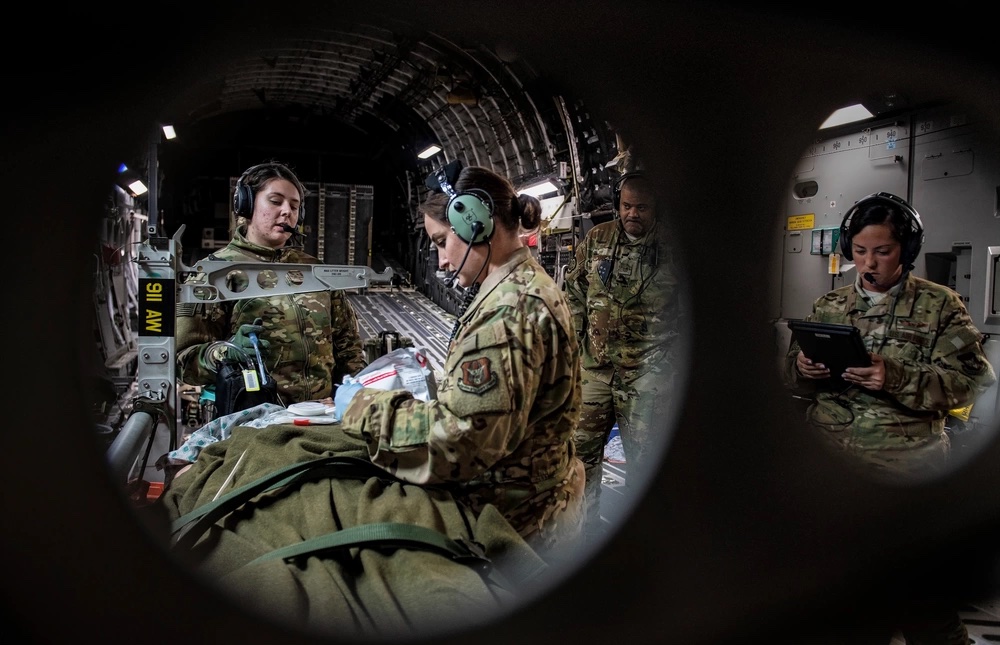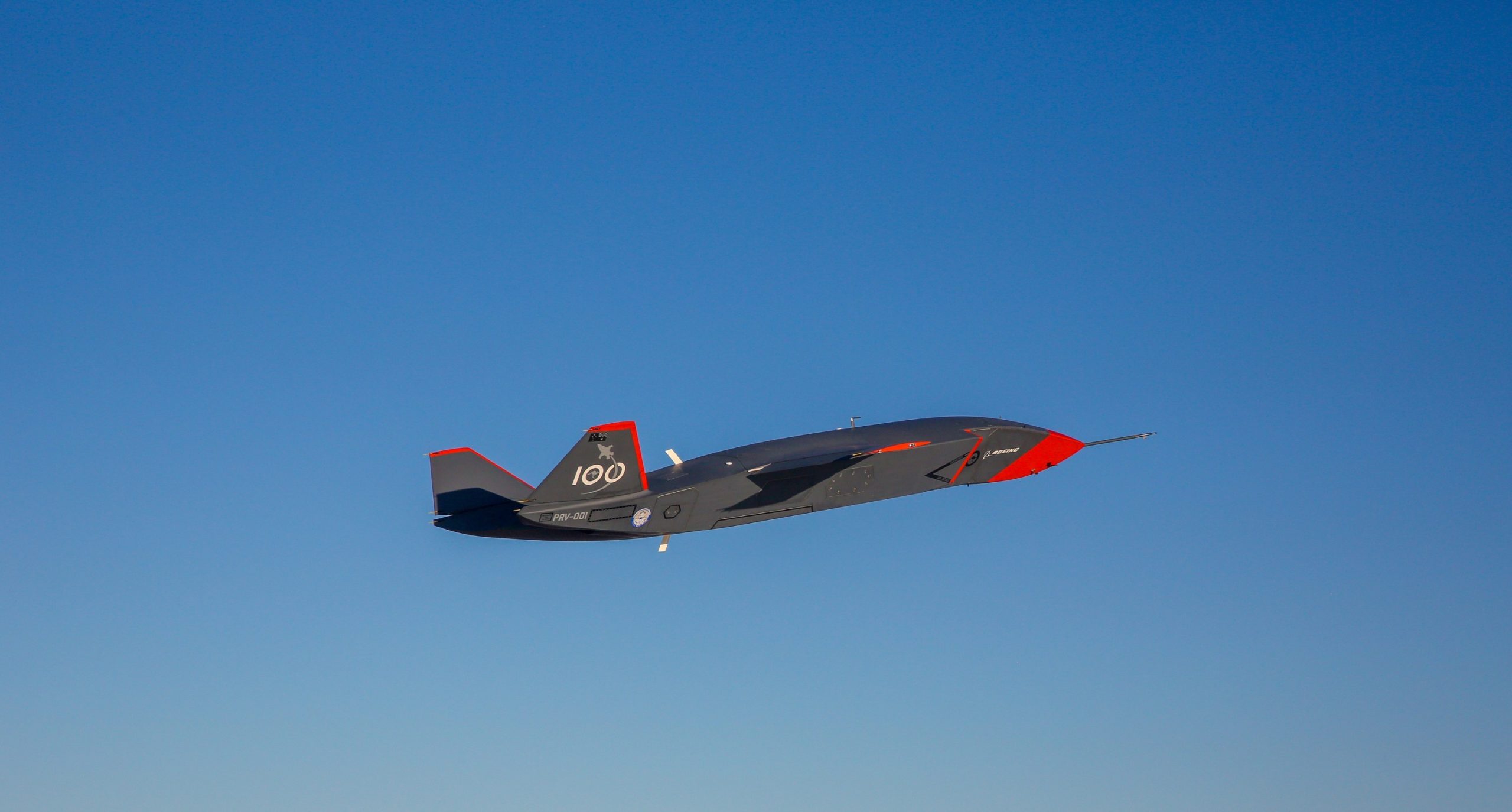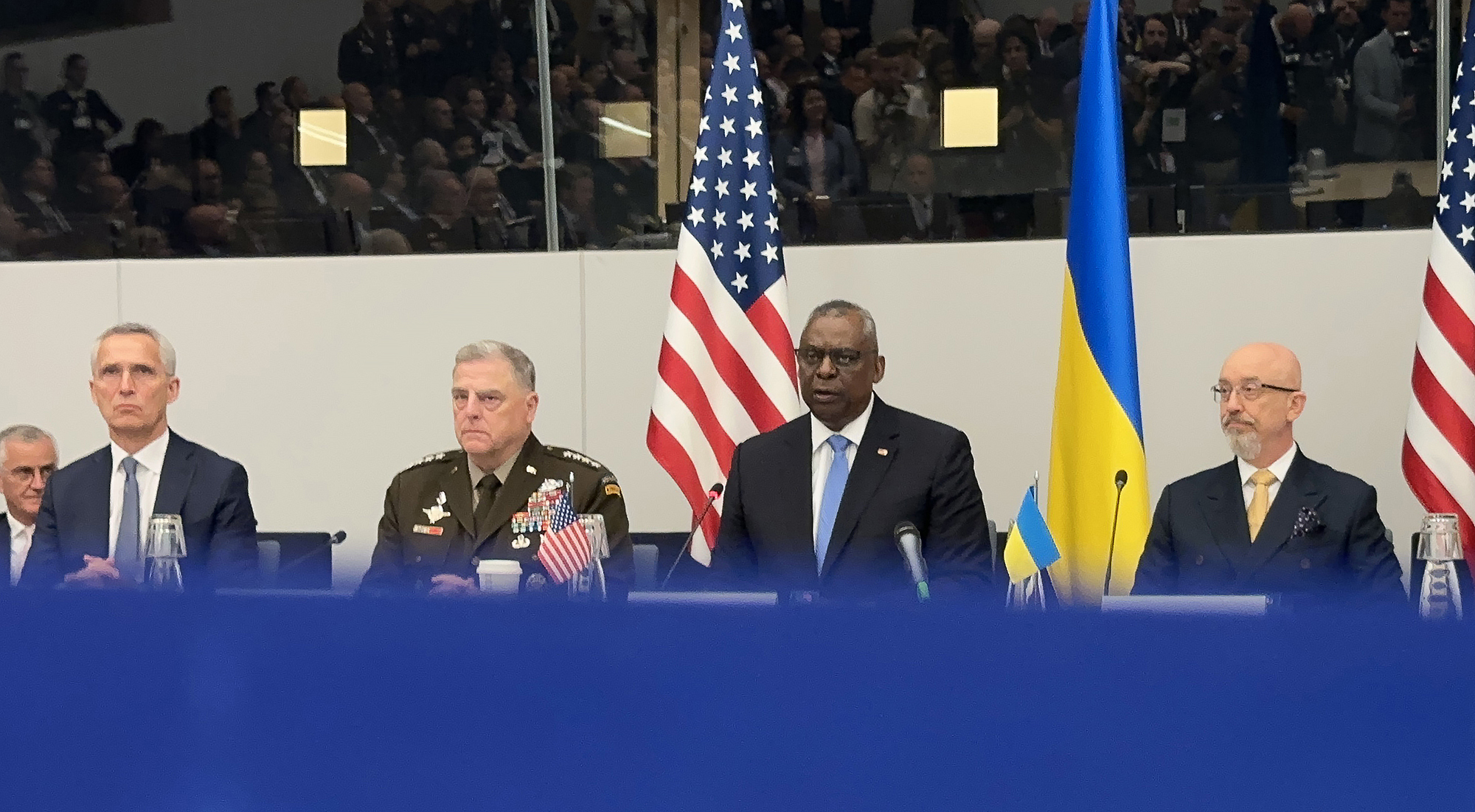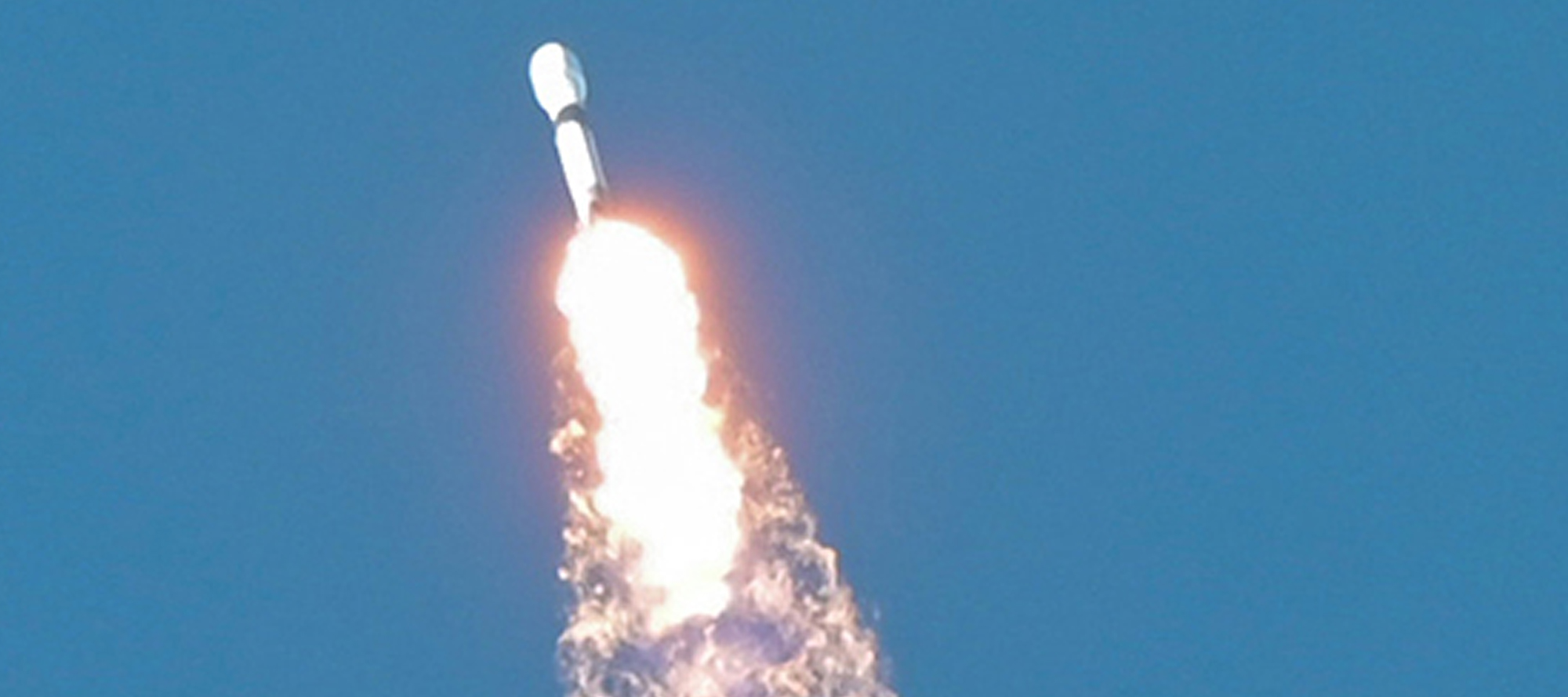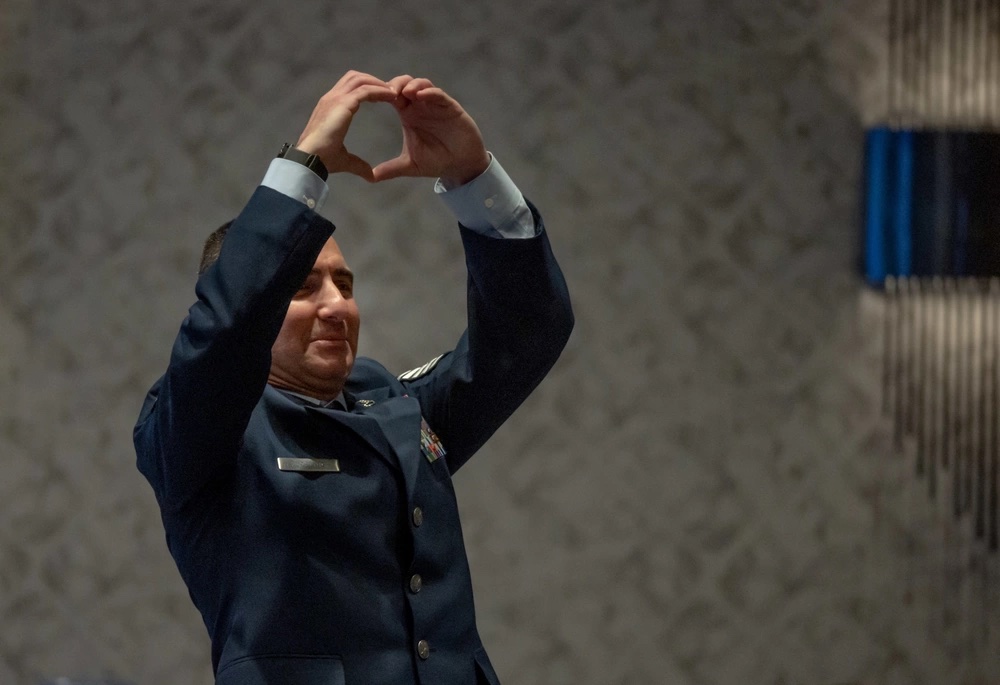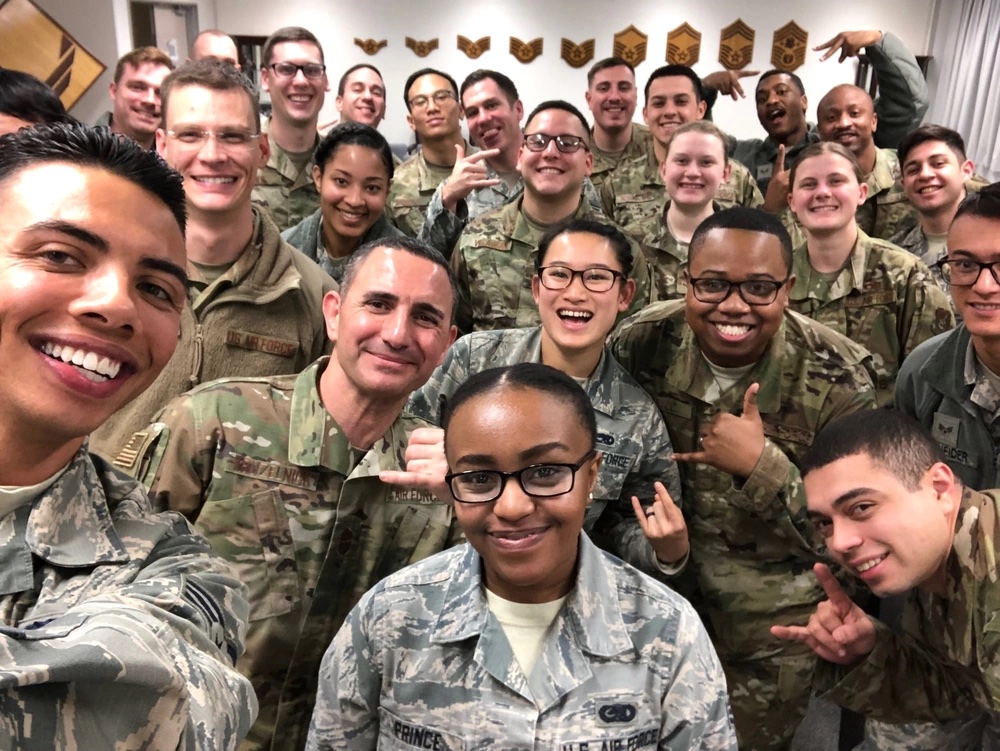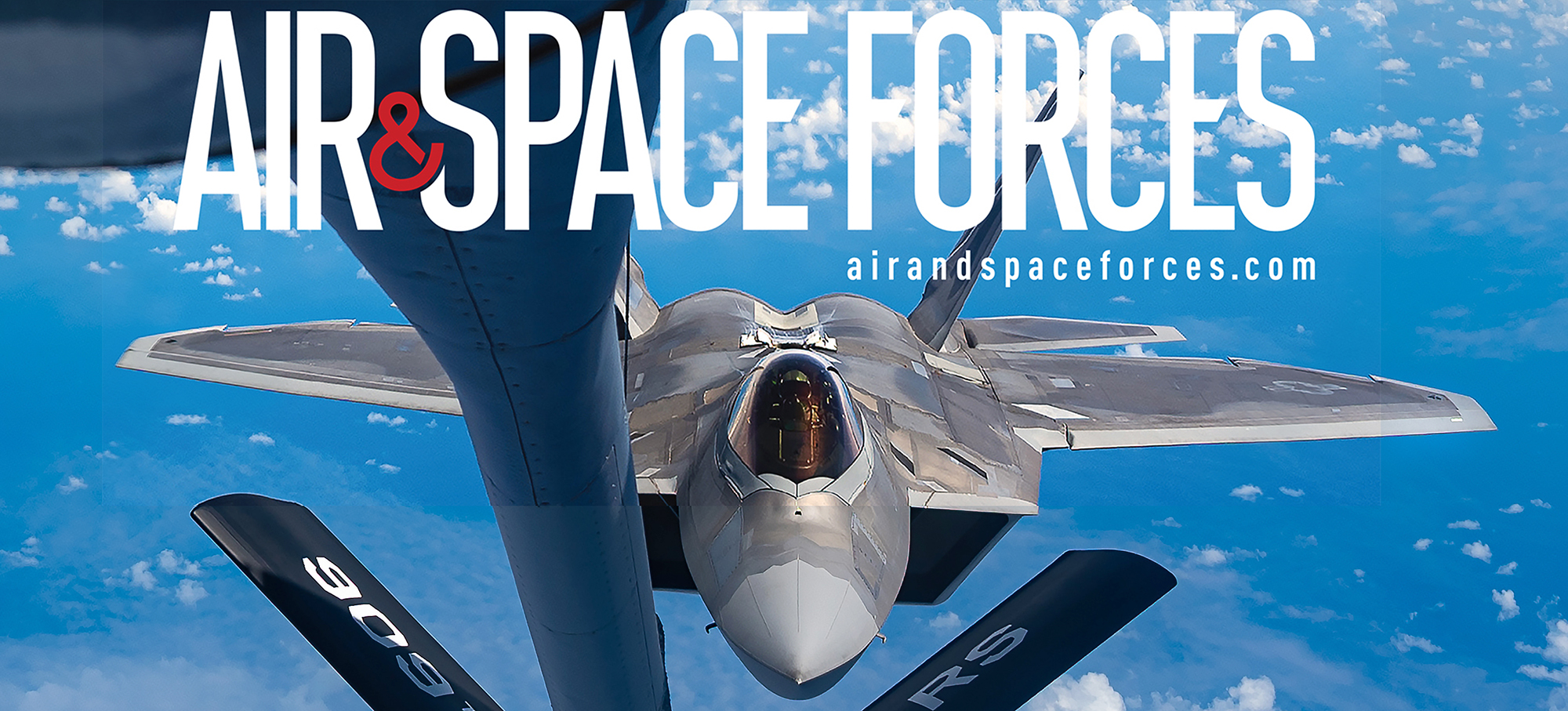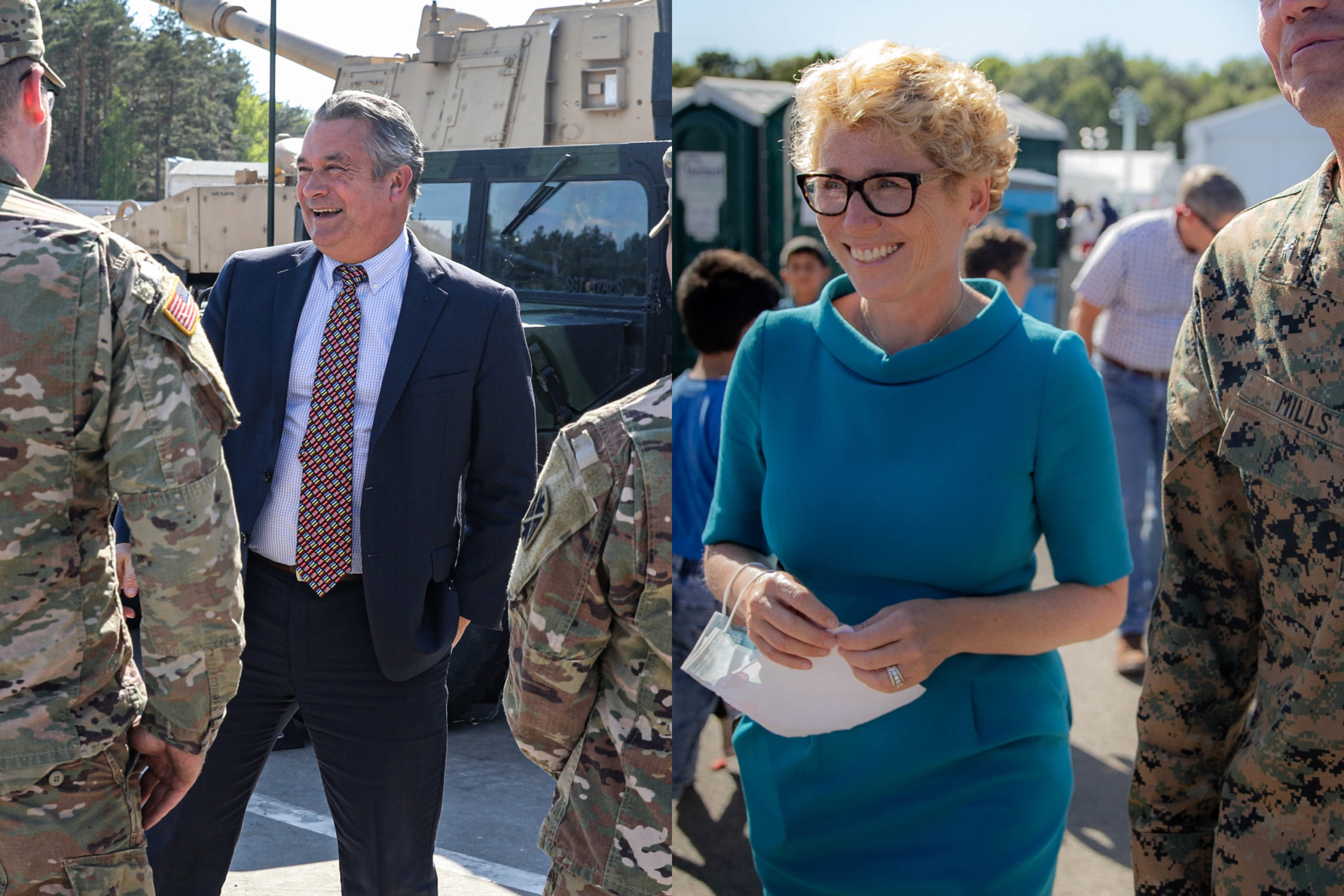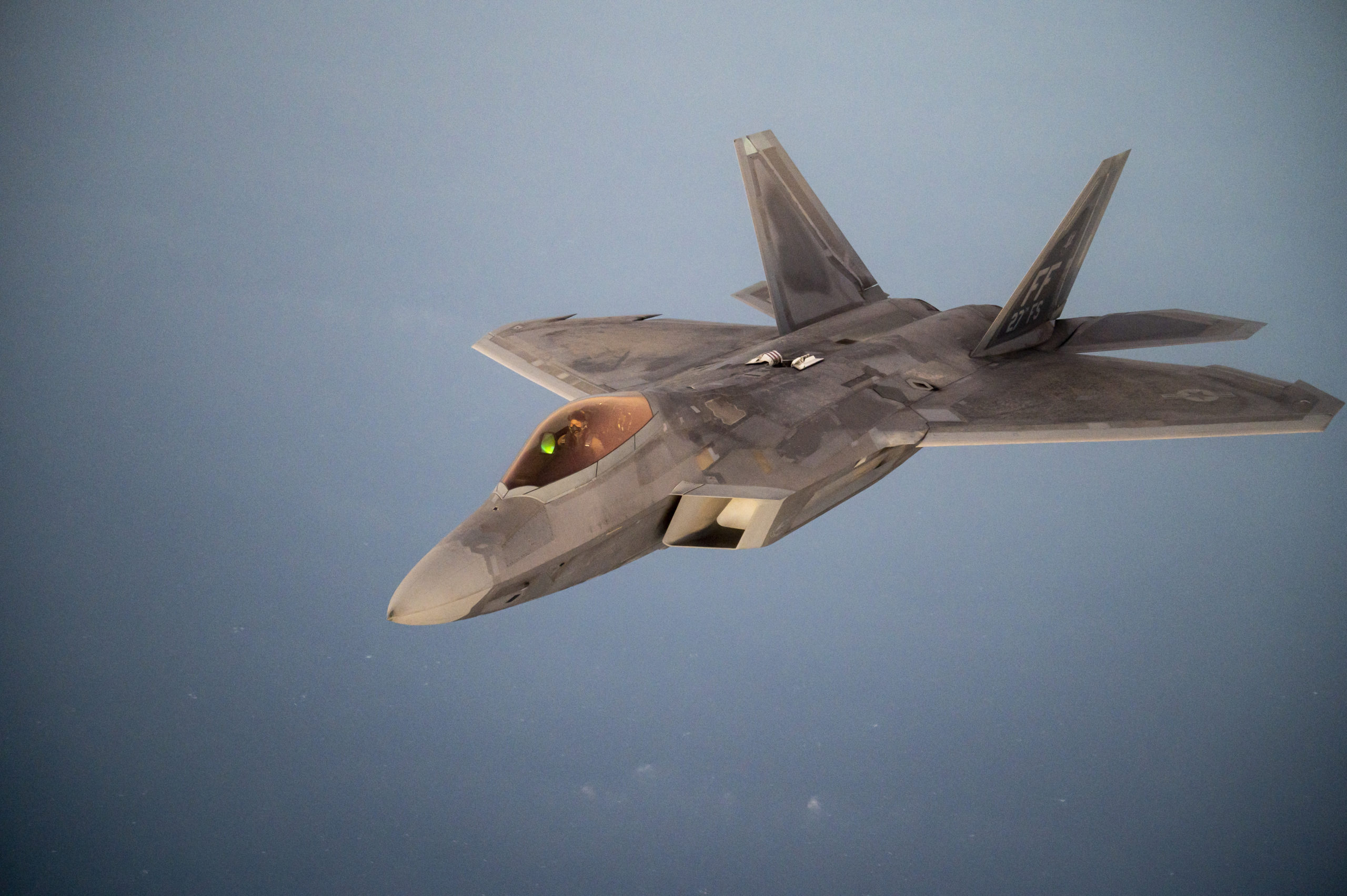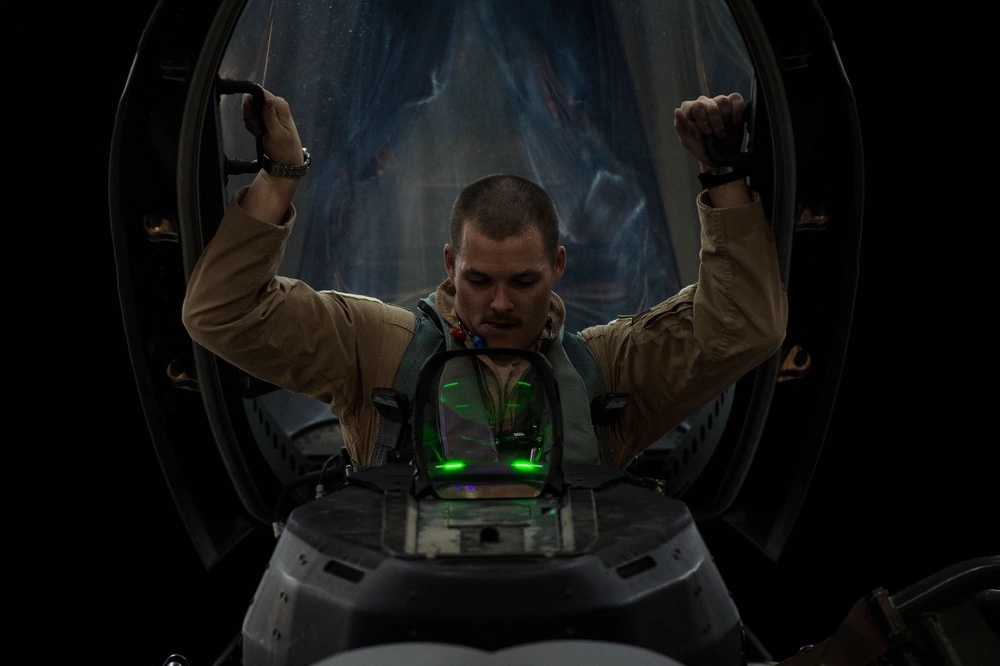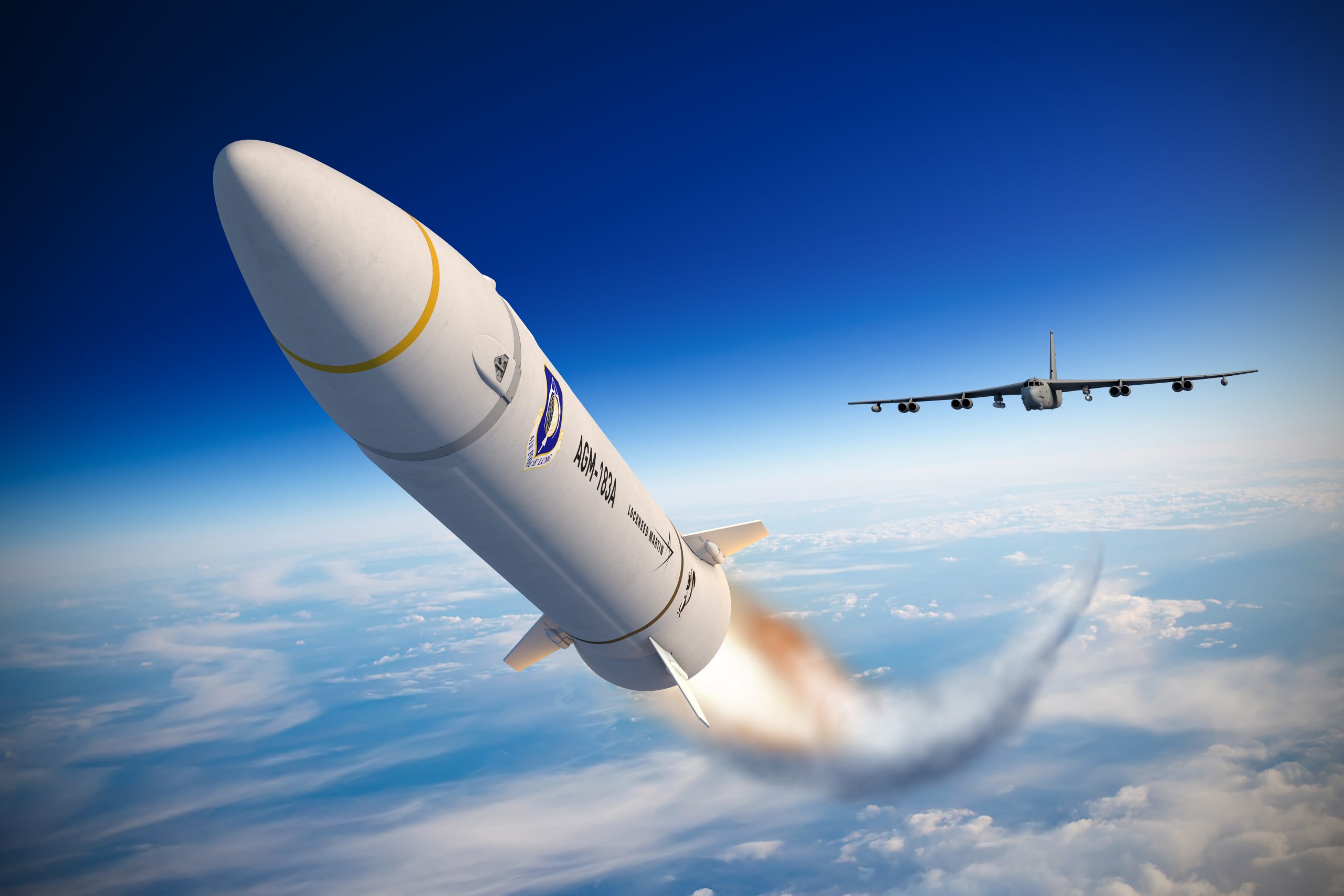PITTSBURGH—Part of what 1st Lt. Mackenzie Puch enjoys about her work in aeromedical evacuation (AE) is its unpredictability. Each time she and her fellow AE Airmen pick up patients aboard a C-17, a C-130, or another transport aircraft, some of those patients might be scared of flying, others might have injuries that require flying below certain altitudes, and others might show up without warning, she told Air & Space Forces Magazine.
“You just don’t know what you’re going to get patient-wise,” said Puch, a reservist who is a civilian nurse in her regular job and a flight nurse with the 911th Aeromedical Evacuation Squadron during her duty days.
Now the aeromedical evacuation field is preparing to become even more dynamic. For the past several decades, AE Airmen have worked with uncontested airspaces, stable communication channels, and relatively small numbers of casualties as they brought injured service members and civilians from frontlines in the Middle East and Southwest Asia to higher levels of medical care in Europe or the U.S.
But as the Pentagon prepares to potentially fight a near-peer adversary like China or Russia, the aeromedical evacuation field is preparing to care for more casualties with fewer resources and spotty communications. That kind of unpredictability requires a different mindset, one where relatively junior Airmen may have to make life-or-death choices regarding patient triage and treatment.
“You might fly to a location and find many more patients than you expected, and you might be the one deciding which patients get on the plane,” said Lt. Col. Adam Foster, director of operations for the 911th AES. “I don’t want it to be their first time making decisions that are uncomfortable when they’re out there.”
Part of preparing aeromedical evacuation Airmen to make difficult decisions is allowing them to take on more risk. In the past, if an AE crew encountered uncertainty, they likely had access to specialized experts who could help them make the best choice. Crews often work with Critical Care Air Transport Teams (CCATTs), highly-specialized units typically made up of a physician, a critical care nurse, and a respiratory therapist. CCATTs provide expertise to treat critically ill or injured patients, but if communications are down and the nearest medical doctor is across an ocean, the AE Airmen on the scene may have to decide how to best care for those critical patients.
“We’re trying to teach our aeromedical evacuation members to assume risks that they probably would not have in the last 20 years when it comes to patient care,” Foster said.
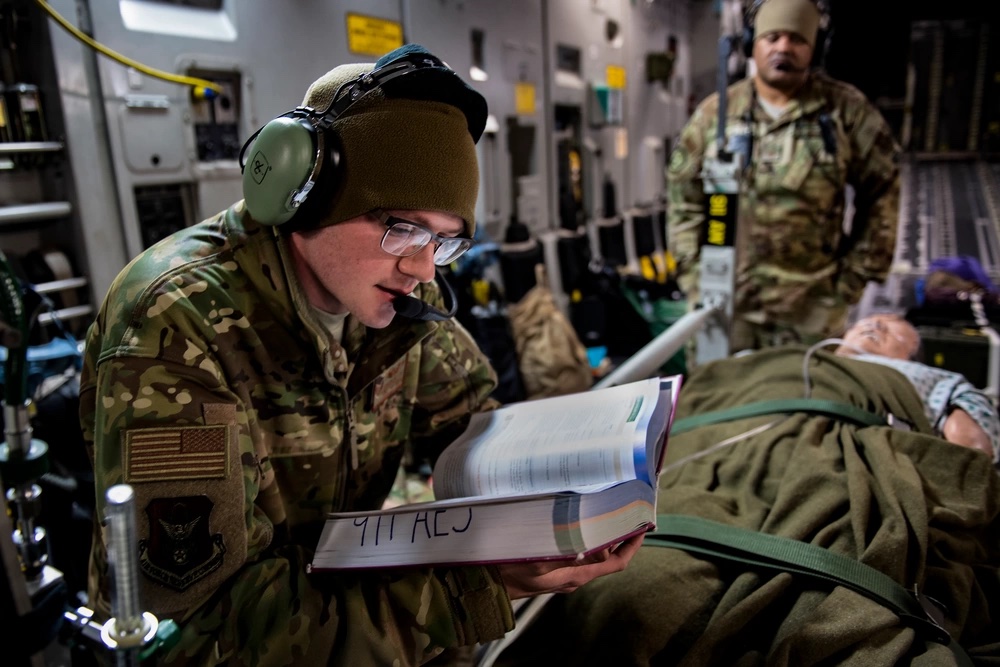
Indeed, Puch said reservist AE crews are often paramedics or nurses in their civilian jobs, so they are accustomed to the chaos of an emergency room or intensive care unit. Still, she said much of AE training emphasizes staying within regulations. There are extensive checklists for setting up medical equipment on an aircraft, maintaining care in-flight, and for handling emergency medical situations. But circumstances may dictate different approaches.
“Do those regs go out the window and you just ask for forgiveness so that you can do everything you need to do within your scope to keep that patient alive?” Puch asked.
To try to foster that mindset, the 911th AES has created a series of “non-standard training” scenarios that take place unexpectedly during the squadron’s twice-a-month local training flights or other duty days.
“You might take off with the patients you expected and then they have you turn around saying ‘we need you to come back, there’s three more,’” said Capt. Mike O’Neill, a medical service corps officer with the 911th. “That is a very real scenario where patients show up late.”
There also may be fewer trained Airmen aboard to deal with problems. AE crews typically fly with two flight nurses and three medical technicians, or with three flight nurses and four med-techs on a deployment. But future flights may have just one flight nurse and two med-techs. A C-17 can accommodate about 60 floor-loaded litters, so small AE crews will have to be creative to treat so many patients.
“You might even use other patients who are ambulatory to help put tourniquets on people,” Puch said. “You could tell them ‘this is what you need to feel for, please let me know if you do not feel that,’ so you can instruct patients or you can have the loadmasters help with CPR or [basic lifesaving skills].”
Working short-handed is not unfamiliar to aeromedical evacuation crews. During the 2021 withdrawal from Afghanistan, some of the flights carrying hundreds of evacuees had just one AE Airman and a small bag of supplies, Foster said. Some wound up helping deliver babies aboard C-17s during evacuation flights.
Still, it takes effort to break well-established habits within the community.
“We’re teaching our people to mentally flex a little bit and get out of their comfort zones,” Foster said. “Our people have become very good at doing AE one way, but we need to learn to do it this other way. If we never do it the second way, great, but I’d rather be prepared.”
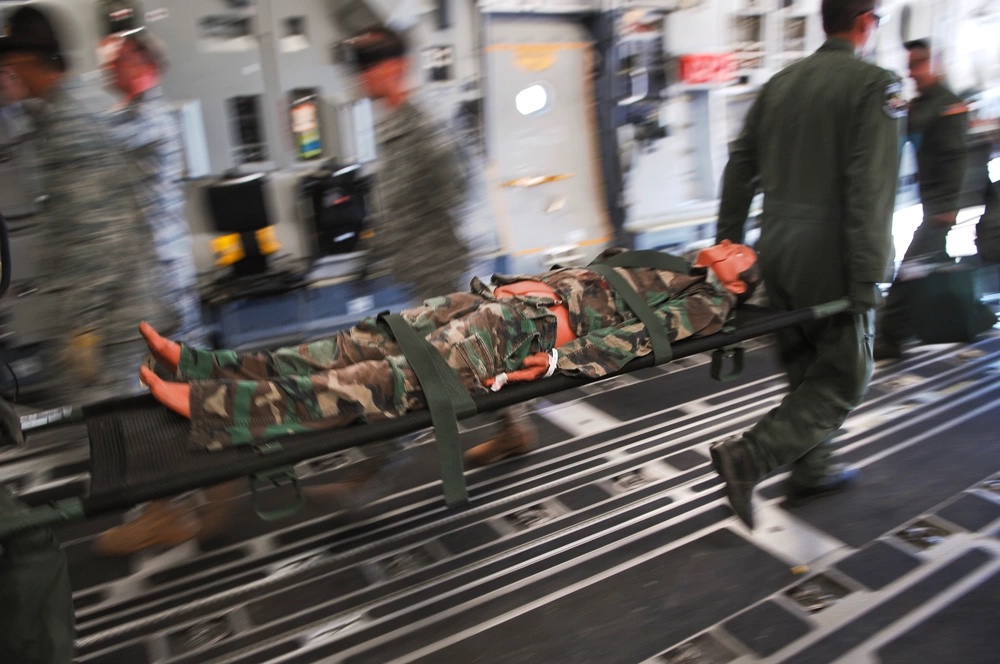
Beyond more casualties and fewer resources, AE crews may also have to contend with longer flights in the Indo-Pacific than they saw in CENTCOM. Flying from Al Udeid Air Base, Qatar, to Germany is not too bad, Foster said. But a 12- or 18-hour flight from Japan back to the U.S. is a much more demanding haul for the crews, patients, and resources available aboard the aircraft.
And that’s assuming transport aircraft are even available to support the AE mission. Military planners are concerned that C-130s, C-17s, C-5s and other transport planes will be swamped in a near-peer fight flying troops and equipment across the vast theater, which means AE may have to hitch a ride on aircraft performing other missions.
“In past deployments, if AE were on a mission, that mission was ‘fragged’ [tasked] as AE,” said O’Neill who, along with Puch, recently returned from a deployment to the Middle East. “I’ve noticed on this past deployment, the mission may be ‘fragged’ as not AE and we need to fit onto it.”
Foster said AE crews are accustomed to working with what they have, even if it is just one or two pallet positions.
“They don’t make a habit of moving those aircraft nearly empty,” he said. “The idea of moving patients and cargo, passengers, and weapons, that’s not unfamiliar at all to us.”
Still, the lack of free space may limit the choices an AE Airman can make if they have more than 100 patients in need of transport.
The Air Force may also have to use non-standard aircraft for moving patients. While AE Airmen often say the C-17 is the AE transport of choice, they can also work aboard C-130s and tanker/transports like the KC-135 and KC-46. They may have to become even more flexible.
“In the near-peer fight, it’ll be like ‘does this airplane start? Let’s take it,’” Foster said. “There might be situations that are non-standard.”
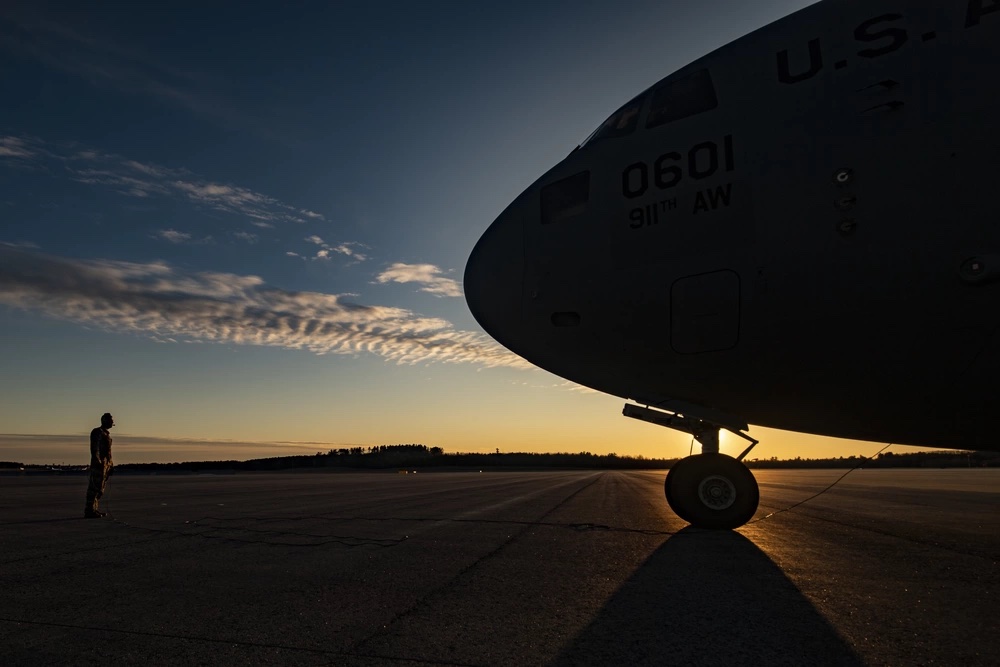
Some AE units are already training on non-standard aircraft. Earlier this winter, New York Air National Guard medical technicians practiced working on Royal Canadian Air Force ‘Twin Otter’ transports, which are much smaller than C-130s.
Being prepared for such flexibility is important not just for U.S. service members and civilians, but also for foreign partners. Though other militaries may have AE-equivalent units, the U.S. Air Force is the only institution that can provide long-distance aeromedical evacuation at scale. Despite the obstacles and uncertainty facing AE in a near-peer fight, Foster is confident his troops have the right attitude to meet the challenge.
“We have young reservists who come in here and are like ‘I’ll jump right in that,’” he said. “I’ve been in this game a little while, so it’s reinvigorating to me to see people do that and come to the squadron with a level of professionalism that I probably didn’t have at that age.”
